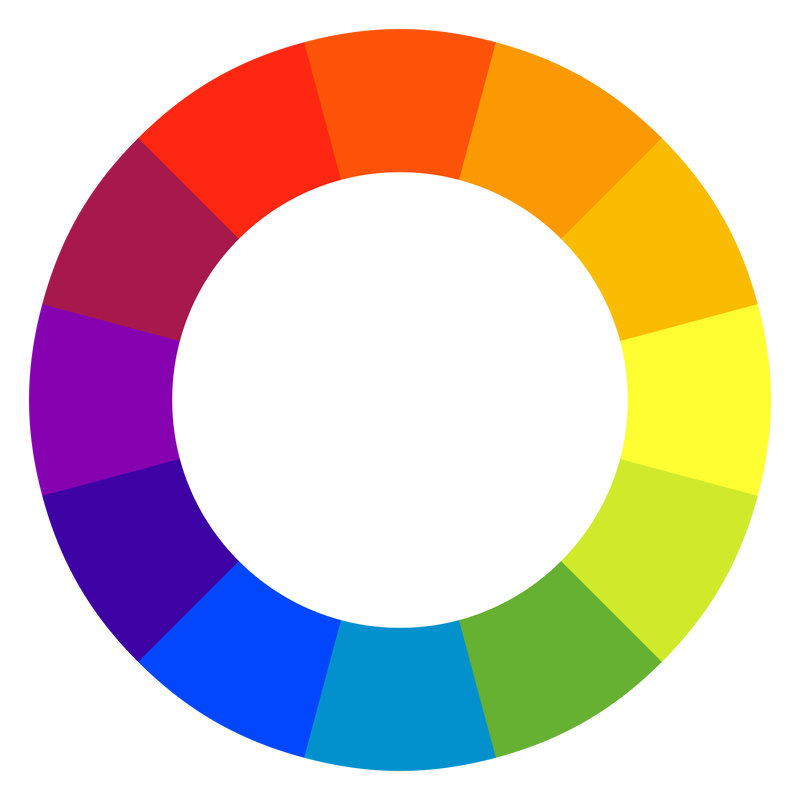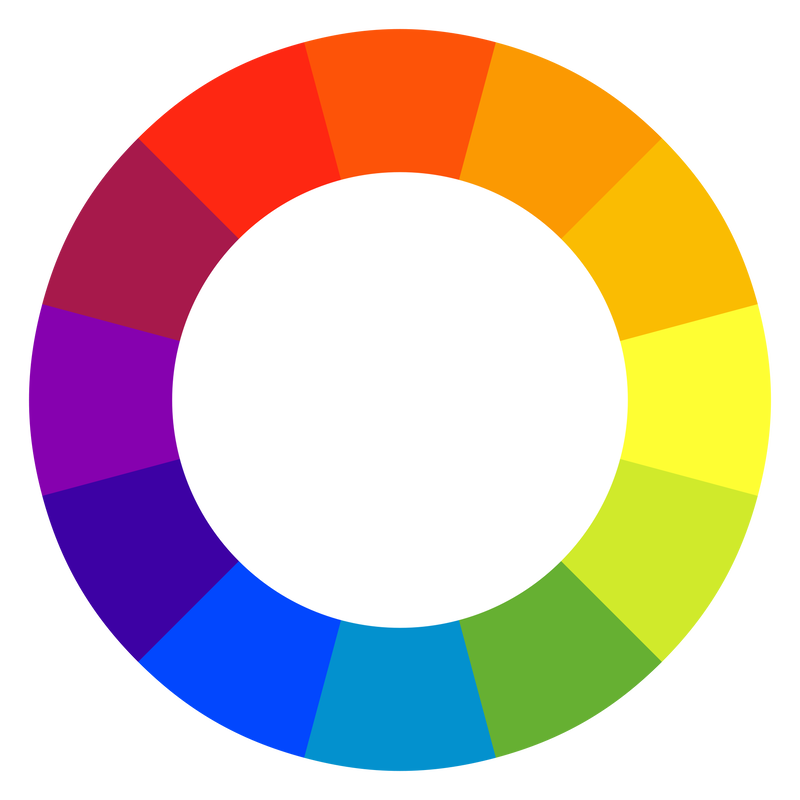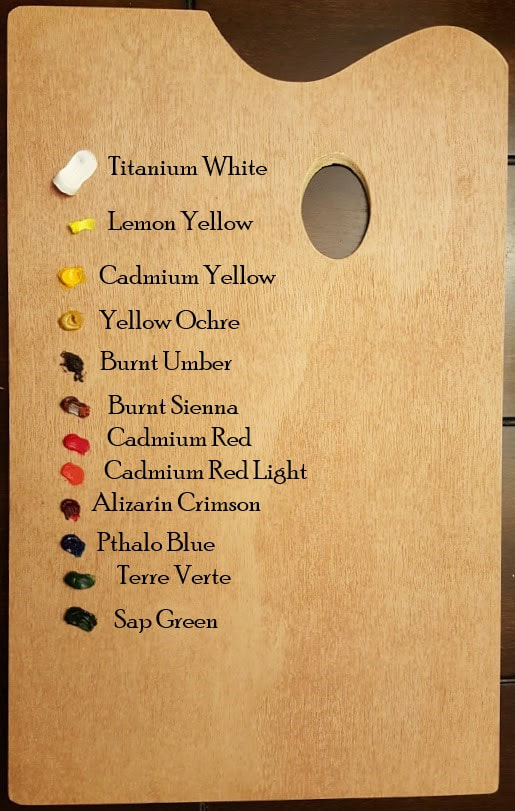Fundamentals of Painting and Drawing: Class Resources (beginning with class 5 for now)...
Class #5: Mixing complementary colors and sketching your still life on canvas
First, we will do a warm up exercise in which we create a gradation of color using a primary and its opposite on the color wheel.
|
On to your real project, the still life painting! Today, you will sketch your composition onto your canvas using charcoal or thinned paint. You may apply the grid method, or you may choose to judge your proportions by measuring objects against one another. You goal for today's class should be a completed sketch. Be sure to outline value changes as well as objects.
Class #6: Finally time to Paint!!!
We will begin with a few warm up exercise to help you build insight and confidence.
First, pick a color. Stick with your color through this whole exercise. Mix your color with white to create a tint.
Mix your color with black to create a shade.
Mix your color with grey to create a tone.
Finally, (this part is not in the video above) mix your color with it's opposite on the color wheel to create a neutral color. How does the neutral you created compare to the tone?
|



